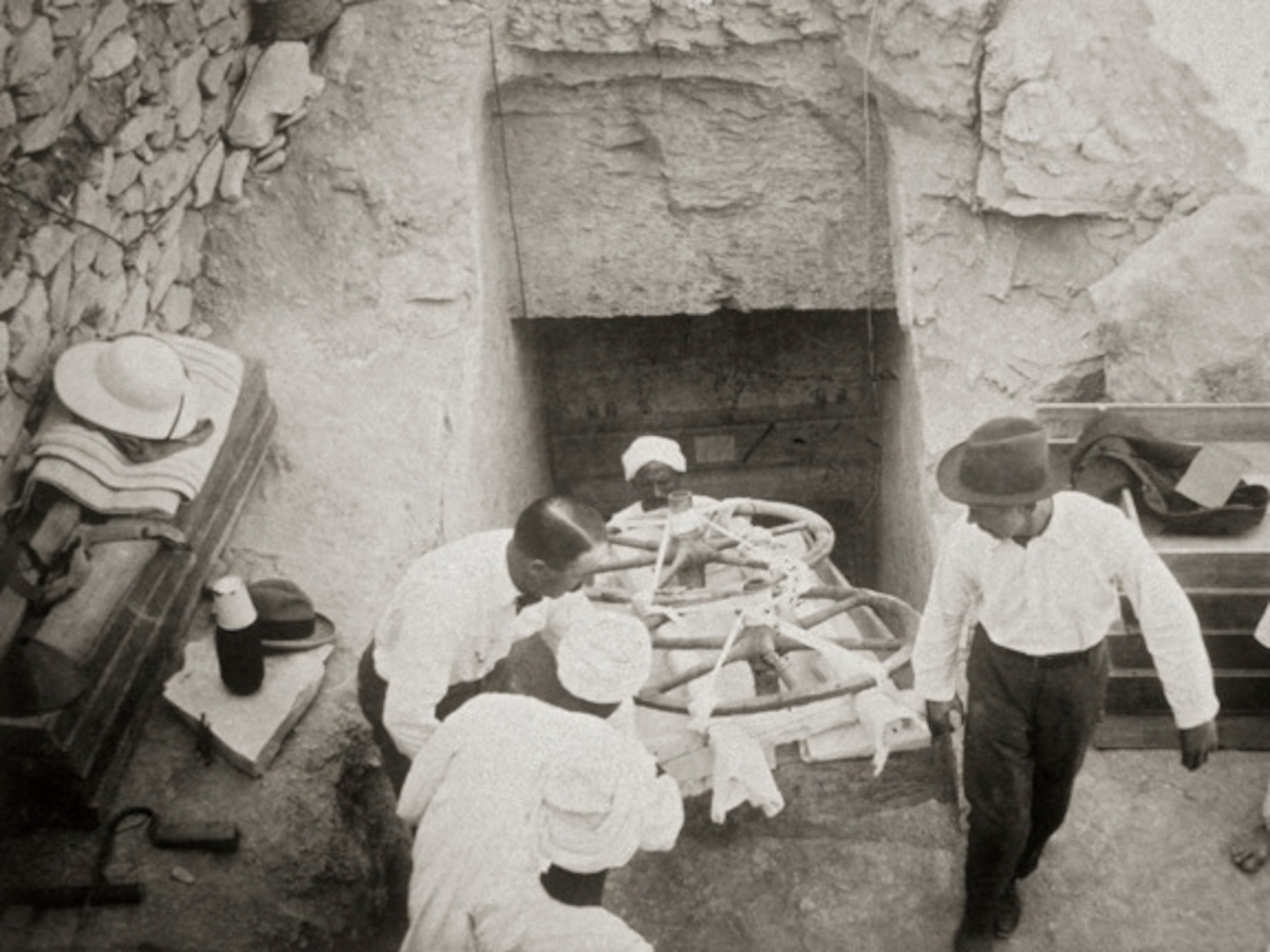This Medieval Tomb Weighs 1,100 Tons. Watch Workers Move it On Wheels
The 541-year-old structure gave way to Turkey’s largest hydroelectric dam, but the fate of other historic monuments—and local residents—remains murky.
As camera phone-toting locals looked on, the historic Zeynel Bey Mausoleum trundled to its new home in Hasankeyf, Turkey on May 12.
Built in 1475 by a Turkic ruler to commemorate his son’s death in battle, the domed tower was moved from its original site in the 12,000-year-old town of Hasankeyf to a new “cultural park” over a mile away—and over 200 feet higher in elevation. The costly undertaking removes the tomb from the area affected by a massive reservoir that will flood the Tigris River Valley when the controversial Ilısu Dam becomes operational.
Though some opposed the structure’s relocation, citing concerns that the tomb would sustain damage, proponents argued that the move was made in the interest of cultural preservation.
The mausoleum is a striking example of historic Anatolian architecture: double-domed for ventilation, 50 feet tall and 25 feet in diameter, the tower’s intricate tile work and commanding position over the Tigris River make it one of the region’s main tourist attractions.
Stones and Bones
Engineers and preservationists considered several options, including allowing the tomb to be flooded, or constructing a concrete bunker around it, reachable by a two-mile underwater tunnel complete with a light rail system.
Even after the Turkish government’s State Hydraulic Works (DSI) greenlit the relocation—and agreed to foot the $4.2 million bill—obstacles remained.
“As usual, things don't always go as smoothly as you plan,” says Ahmet Turer, a civil engineer who helped oversee the project. “The day of the relocation we had a lot of troubles.”
The dozens-strong crew began by drilling horizontal support beams in the tomb’s base to hold a new concrete foundation. Hydraulic jacks then lifted the foundation, stone tower and all, so that the transportation vehicle could move into place. (See how ancient people moved mountains.)
But at the head of the road built especially for the relocation, the generator ran out of gas; the system meant to monitor the structure’s stability during transport didn’t work; one of the tires went flat.
Turer and his fellow engineers, aware of the watching government officials and the not-too-distant dam, made the call to continue. The gas was refilled, a backup monitoring system put in place, and the malfunctioning wheel simply lifted out of the way of its self-propelling neighbors.
Draped in the Turkish flag, the mausoleum began its slow climb. It took over three and a half hours to reach the new site, where it was successfully installed. Engineers had installed a base isolation system that will absorb seismic shock and protect the tower from future earthquakes.
“If the mausoleum was sleeping in its old position, we didn't even wake it up,” Turer says.
Restoration work will continue at the new site. The bones of Zeynel Bey, which were excavated several years ago and have been kept off-site to deter looting, will be reinterred.
There are plans for as many as eight other historic landmarks to be relocated to the new site, called Hasankeyf Culture Park. But Turer has his doubts that those relocations will take place: several structures are on the far side of the nearly-impassable Tigris River, and time might be too short.
Every day the Ilısu Dam fails to operate is counted as a million-dollar loss. There’s a chance the reservoir will flood before more structures can be relocated.
Bone of Contention
The Ilısu Dam has incited controversy since it was proposed in 1954—controversy that only deepened when construction began in 2006. In the late 2000s, foreign investors pulled out. In 2013, Turkey’s highest court stalled work until an environmental impact study could be completed. Construction resumed in 2014, but has been harried by the decades-long conflict between the Turkish state and the guerilla Kurdistan Workers’ Party (PKK). (Watch rare footage of the Ilısu Dam construction.)
Due to journalists’ lack of access to the area, it’s still unclear whether construction is completed, or when the reservoir will begin to fill. (Read "This Will Be the Biggest Dam-Removal Project in History")
Turkish authorities remain in staunch support of the dam, which will supply about 2% of the nation’s electricity. They claim that the dam will bring economic benefits to the area—increased tourism, a greater irrigation supply—and that their relocation programs will create better lives for Hasankeyf residents.
Opponents point out that the relocation programs settle displaced residents—which may number as many as 25,000—in homes they can’t afford, on less arable land, and deprive them of thousands of years of cultural and material heritage.
Some even argue that flooding the valley will force the mostly-Kurdish residents to move to urban centers, thereby increasing assimilation into Turkish culture.
The environmental concerns are no less numerous. Stemming the famous Tigris will exacerbate drought downstream in Syria and Iraq, weakening already fragile ecosystems and worsening political conflict. (Read about the people who live in Iraq's disappearing marshes.)
The mausoleum of Zeynel Bay is safely installed in its new site. Yet the landscape below may soon become unrecognizable to those who live there. (Meet the people who live in the Tigris River Valley.)











